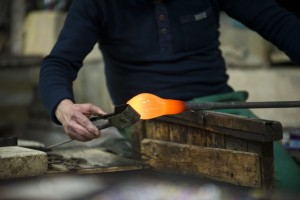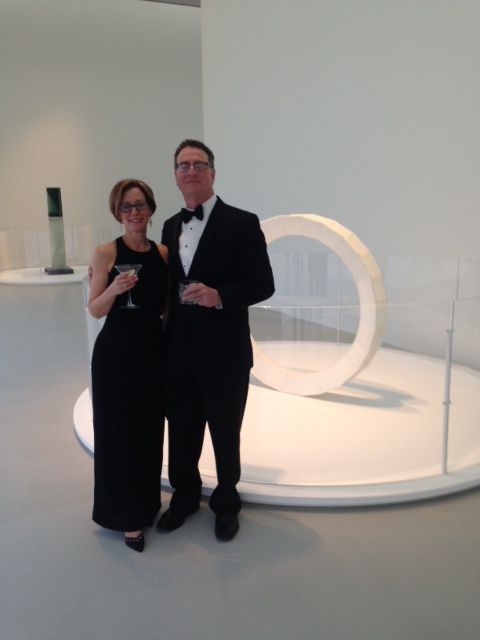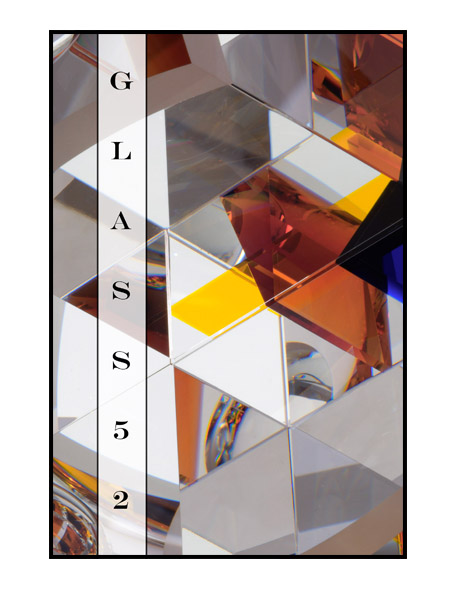Glass Sculpture Techniques: Free-Blowing and Mold-Blowing
May 23, 2016
 In the world of glass sculpture and art, there are two main methods of production: free-blown and mold-blown. The differences are not so much about how the glass is worked as they are about the techniques for shaping the material into glass sculpture.
In the world of glass sculpture and art, there are two main methods of production: free-blown and mold-blown. The differences are not so much about how the glass is worked as they are about the techniques for shaping the material into glass sculpture.
Glassblowing itself dates back to the first century B.C., when Romans developed and spread the methods still largely in place today throughout the empire. Raw glass materials are heated to a temperature of 2,400 degrees Fahrenheit at the end a blowpipe. After that, it’s up to the glass artists to form as they see fit.
Free-Blowing
The free-blown method of glass design is the first and original method for working with glass. In this process, small bursts of air are blown into the globs of heated, molten material at the end of a blowpipe — what’s known as the “gather.”
The artist carefully rotates and swings the blowpipe, all while controlling the temperature of the gather and incorporating air into the glass in order to achieve the desired shape or effect. The blown air allows the interior spaces of the glass to cool and achieve uniform texture with the exterior.
Contemporary glass artists most often work with free-blown methods because they offer the greatest artistic control over glass sculpture making, and they give artists the freedom to experiment with unique designs.
Mold-Blowing
Mold-blowing was a technique also developed by the Romans sometime after the invention of free-blowing, probably in the first century A.D.
Like with free-blowing, molten glass is handled on the end of a blowpipe — but rather than shaping and twisting the gather with air, the glass is immediately placed into a pre-designed mold of wood or metal and then blown to the appropriate measure. When cooled, the glass can be removed by lifting or separating panels.
Mold-blowing is more commonly used for functional glass art pieces, like tableware, or to produce uniform reproductions of the same design.
With the help of just a few modern measures, the art of glassblowing remains largely the same as it was 2,000 years ago. The glass art featured in our galleries and auctions are all hand-crafted by artists working organically with these ancient techniques. Despite its longevity, there is no finer pleasure than beautifully blown glass sculpture.



